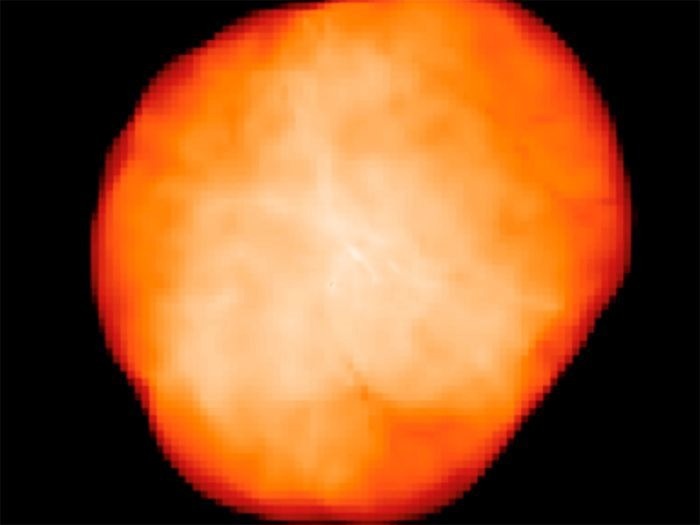Jonathan Tan, a research professor in the Department of Astronomy at the College and Graduate School of Arts & Sciences and an astrophysicist at the University of Virginia, has developed a new theoretical study that offers a thorough framework for the formation of supermassive black holes. Astrophysical Journal Letters reported the results.

A computer simulation of the ionized bubble surrounding a Population III.1 supermassive star, the early universe progenitor of a supermassive black hole. High-energy photons from the star ionize the surrounding hydrogen gas far out into the pristine intergalactic medium, eventually engulfing a region that is millions of light-years in size. The Pop III.1 theory proposes that all supermassive black holes formed in this way, leading to flash ionization of all of space and ending the so-called “dark ages” of the universe. Image Credit: M. Sanati (Chalmers Univ. & Oxford Univ.), J. Tan (U. Virginia & Chalmers Univ.)
These enigmatic giants are usually millions or even billions of times more massive than the Sun and can be found at the core of most major galaxies, including the Milky Way. There has been significant discussion over their formation, particularly in light of the James Webb Space Telescope’s (JWST) discovery of several black holes that date back to the early cosmos.
Tan’s “Pop III.1” theory, which has predicted many of the recent JWST findings, postulates that all supermassive black holes are formed from the remains of the universe's first stars, or “Population III.1” stars, which grew to enormous dimensions under the influence of energy from a process known as dark matter annihilation.
Tan, who is also a professor in the Department of Space, Earth, and Environment at Chalmers University of Technology in Gothenburg, Sweden, describes another prediction of the theory that might offer fresh insight into cosmic dawn.
Our model requires that the supermassive star progenitors of the black holes rapidly ionized the hydrogen gas in the universe, announcing their birth with bright flashes that filled all of space.
Jonathan Tan, Research Professor, Department of Space, University of Virginia
“Intriguingly this extra phase of ionization, occurring much earlier than that powered by normal galaxies, may help resolve some recent conundrums and tensions that have arisen in cosmology, including the “Hubble Tension,” “Dynamic Dark Energy,” and preference for “Negative Neutrino Masses,” all of which challenge the standard model of the universe,” Tan stated.
Tan added, “It is a connection we did not anticipate when developing the Pop III.1 model, but it may prove profoundly important.”
Richard Ellis, a professor of astrophysics at University College London and one of the world’s top observational cosmologists, has commended the findings. Ellis has spent decades researching the universe’s first light and the development of the first galaxies.
Professor Tan has developed an elegant model that could explain a two-stage process of stellar birth and ionization in the early universe. It is possible the very first stars formed in a brief, brilliant flash, then vanished, meaning what we now see with the James Webb Telescope may be just the second wave. The universe, it seems, still holds surprises.
Richard Ellis, Professor, Department of Astrophysics, University College London
Journal Reference:
Tan, J. C. (2025) Flash Ionization of the Early Universe by Pop III.1 Supermassive Stars. Astrophysical Journal Letters. doi.org/10.48550/arXiv.2506.18490.